18 July 2016
The 9th Berlin Biennale is entitled The Present in Drag. The avowed intention is to mock artistic jargon and the idea that art has to “unmask” society, its conflicts and internal contradictions. It is a biennale that acts as a mirror, reflecting and to some extent distorting too, with visitors bombarded by video clips, advertising light boxes, merchandising, slogans and images. Works of art that ape the aesthetics of the media, multinationals and duty-free stores, painting a picture of a Western world that does indeed foster wellbeing, but does so within the smart city, and that favors a return to nature in which the only natural thing is the idea. Behind all this lies the philosophy of the prefix “post,” which offers an uprooting from the past and an uncritical plunge into the present: the philosophy of DIS, a collective made up of Lauren Boyle, Solomon Chase, Marco Roso and David Toro which publishes the magazine of the same name and has curated this biennale. In addition to the traditional Kunst-Werke, DIS has chosen four venues that reinforce the immersive and at times disturbing effect of the operation. They are the ESMT (European School of Management and Technology), the Feuerle Collection, the Blue-Star sightseeing boat and the Akademie der Künste in Pariser Platz, where the apocalypse is guaranteed by vendors of selfie sticks and various trinkets for tourists. Despite the presence of over a hundred and twenty participants, between artists, fashion designers and DJs, there are not all that many memorable works, but what is there makes a trip to Berlin worthwhile. There’s the video-installation of Cécile B. Evans, a catwalk surrounded by a pool of water presenting the story of HYPER, an avatar in search of identity and emotions, and Timur Si-Qin’s branded reconstruction of a fake natural landscape, where monitors and telecameras reveal the process of generation and imposition of an image on reality. Simon Denny’s work reflects on the blockchain, the system underpinning the bitcoin, posing a question: and what if its independence of banks and the opportunistic behavior of human beings represents a desirable future that goes well beyond its current use? An echo to this is provided by Simon Fujiwara’s museum of happiness, based on an econometric reprocessing of data collected by the company founded by his brother. Two works located on the top floor of the Akademie close the circle: Will Benedict’s video clip for the song I Am a Problem by Wolf Eyes, in which an alien with the features of an amphibian discusses foreign policy with the TV journalist Charlie Rose; and the virtual reality conceived by Jon Rafman, five intense minutes poised between nightmare and entertainment that seem to want to project history into a possible future, beyond metaphors and fantasies. The artistic image of this age of cultural, economic and technologic transition has never seemed so futile and superficial, to the point of turning the Berlin Biennale into the equivalent of a theme park, somewhere between Disney World and an Expo. Could this be an inevitable portrait of our times?
The Present in Drag, 9th Berlin Biennale
Curated by DIS (Lauren Boyle, Solomon Chase, Marco Roso and David Toro)
KW Institute for Contemporary Art
ESMT (European School of Management and Technology)
The Feuerle Collection
Blue-Star
Akademie der Künste
June 4-September 18
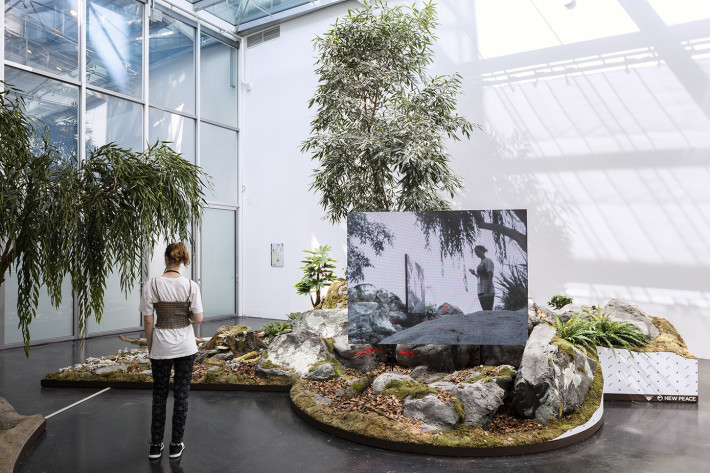
Timur Si-Qin, A Reflected Landscape, 2016. Courtesy: Timur Si-Qin; Société, Berlin; Studio Ramos.
Photo: Timo Ohler.

Simon Denny, Blockchain Visionaries, 2016. Courtesy: Simon Denny; Galerie Buchholz, Cologne/Berlin/New York. Photo: Timo Ohler.

Simon Fujiwara, The Happy Museum, 2016. Courtesy: Simon Fujiwara. Photo: Timo Ohler.
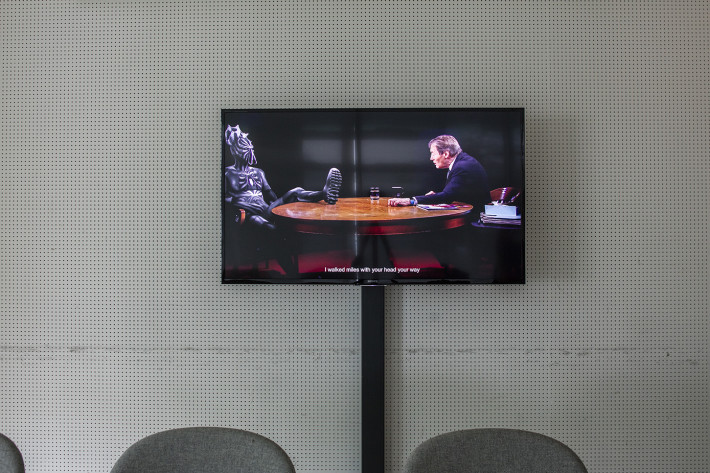
Will Benedict, I AM A PROBLEM, 2016. Courtesy: Will Benedict; Balice Hertling, Paris; Third Man Records. Photo: Timo Ohler.
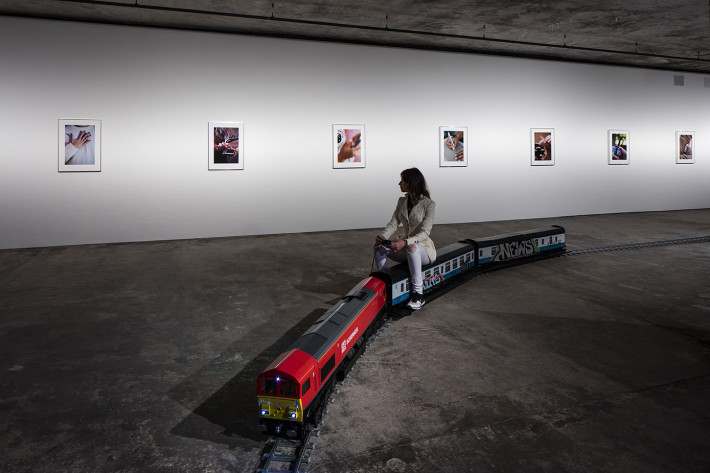
Josephine Pryde, The New Media Express, 2014; Josephine Pryde, Hands „Für mich“, 2014–16. Courtesy: Josephine Pryde; Galerie Neu, Berlin. Photo: Timo Ohler.
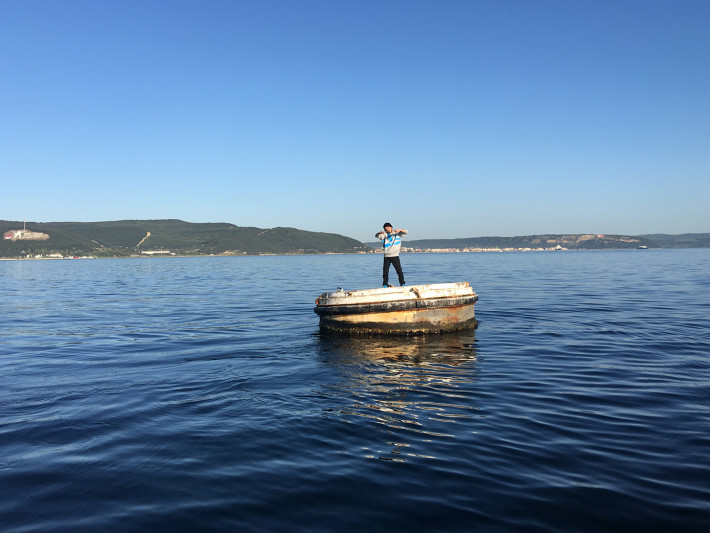
Halil Altindere, Homeland, 2016. Courtesy: Halil Altindere and Pilot Gallery, Istanbul. Commissioned and co-produced by Berlin Biennale for Contemporary Art. Produced with the support of SAHA, Istanbul .
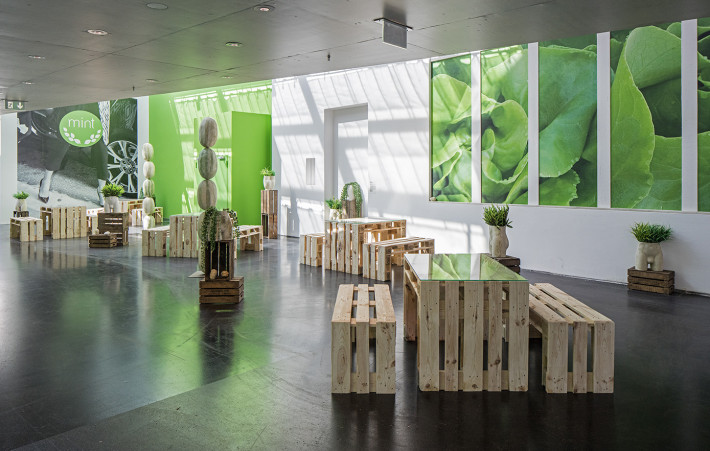
Debora Delmar Corp., MINT, 2016. Courtesy Debora Delmar Corp.; Duve, Berlin. Photo: Timo Ohler.
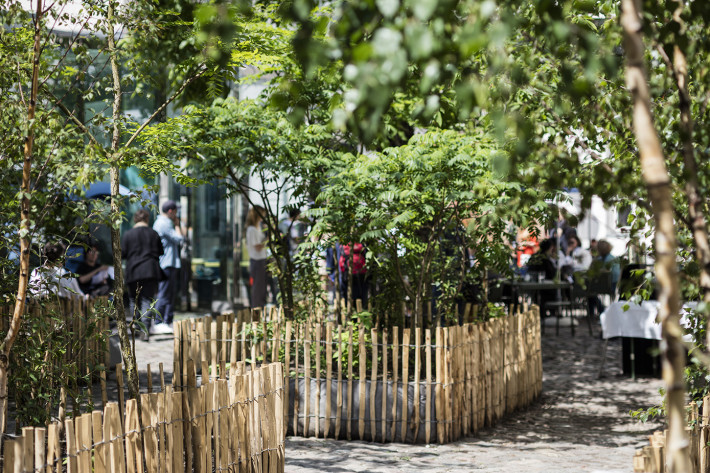
atelier le balto, Passage, 2016. Courtesy: atelier le balto. Photo: Timo Ohler.
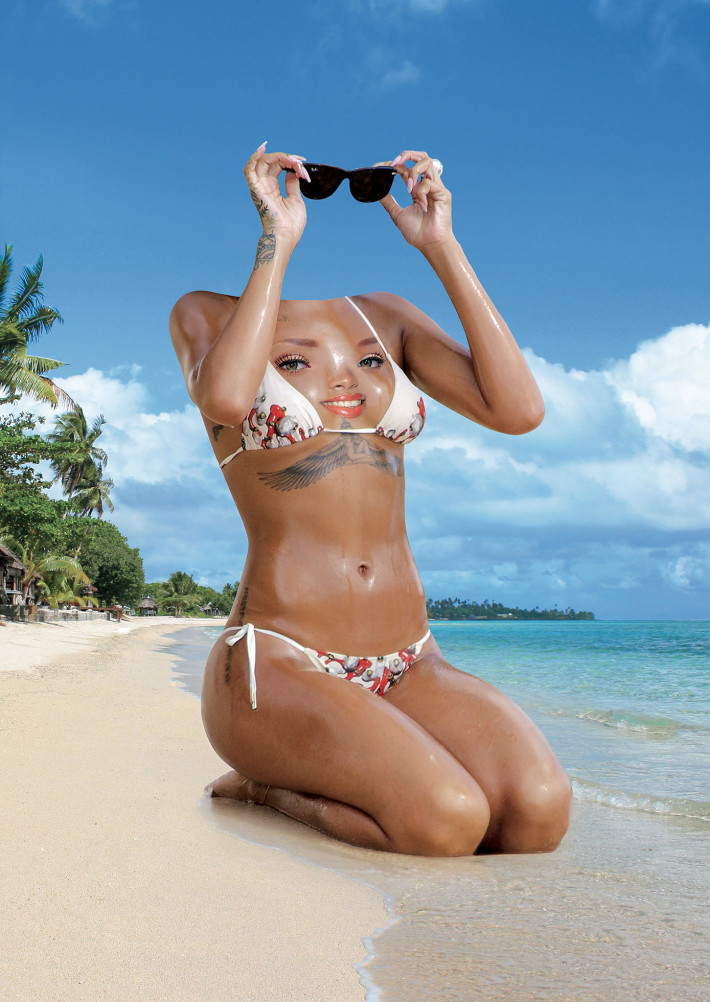
Juan Sebastián Peláez, Ewaipanoma (Rihanna), 2015. Courtesy: Juan Sebastián Peláez.
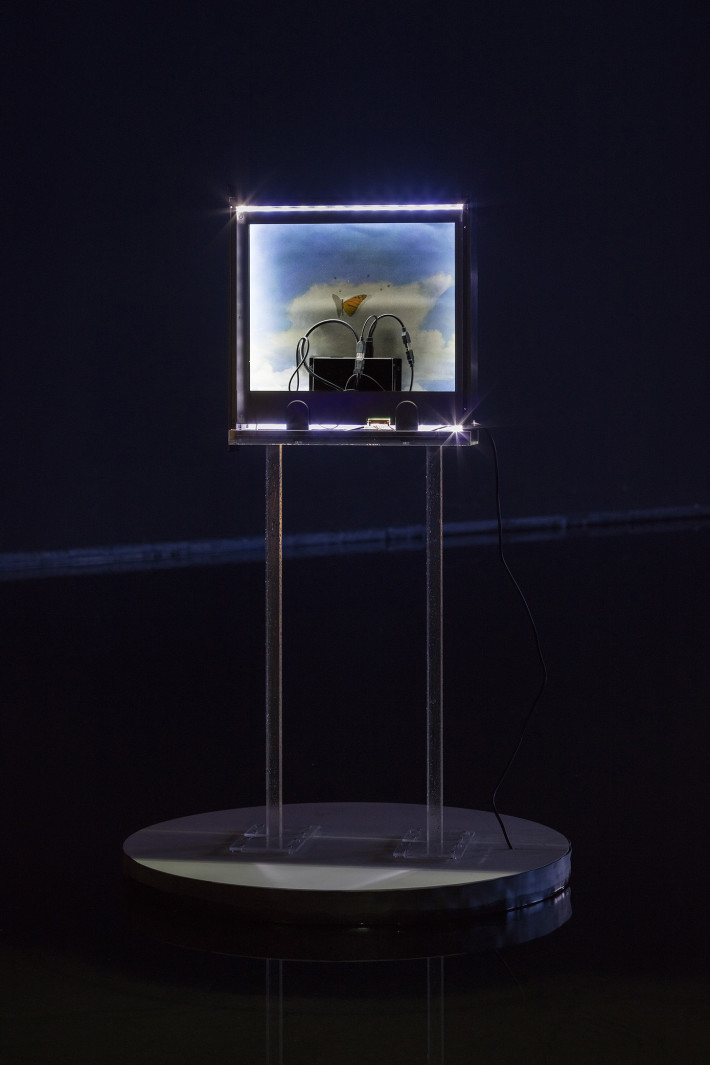
Cécile B. Evans, Endurance Study – A Pictorial Guide I, II, III, 2016. Courtesy: Cécile B. Evans; Barbara Seiler, Zurich; Private Collection. Photo: Timo Ohler.